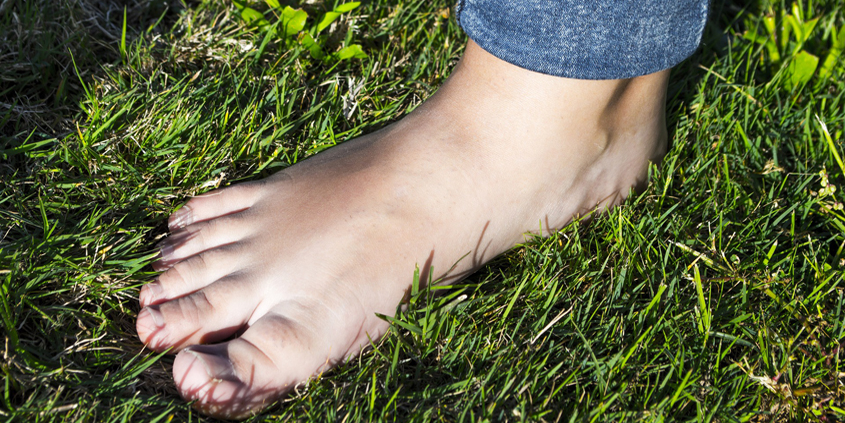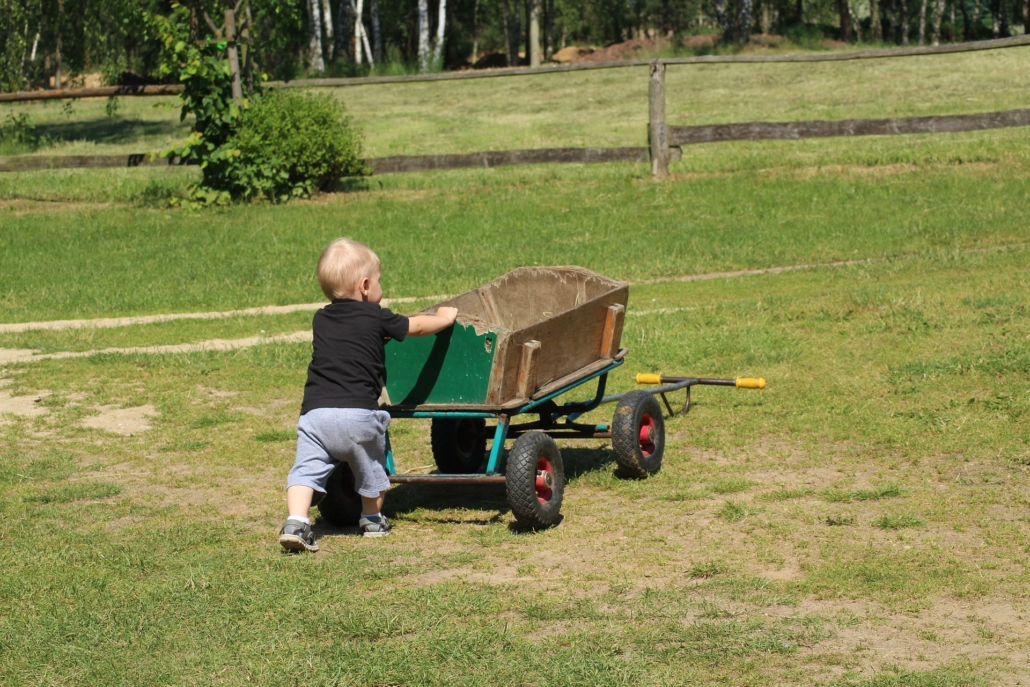 With a little thoughtful planning and good choices, lawn can still be a good choice in waterwise landscaping. Photo: Pixabay/Cromaconceptovisual
With a little thoughtful planning and good choices, lawn can still be a good choice in waterwise landscaping. Photo: Pixabay/Cromaconceptovisual When It Comes To Lawns, Use it or Lose It
If you have a desire and a need to retain turf as part of your landscaping, consider adopting the most efficient and organic maintenance plan possible. Lawns that are maintained organically and with efficient irrigation can offer a cool, practical surface for active recreation, or just hanging out with your family.
Most lawns suffer from inefficient maintenance. They require too much water and energy. They become major sources of pollution from fertilizers and pesticide runoff. For these reasons, lawns should be limited to accessible, usable, high-functioning spaces like children’s play yards, sports fields, and picnicking areas.
It’s smart to rethink the idea of lawns as all-purpose, wall-to-wall groundcover. In many cases, there is no need to maintain so much lawn. If you decide to keep your grass areas, follow these guidelines to maintain it organically.

If you decide to keep your grass areas, follow these guidelines to maintain it organically. Photo: Alicja/Creative Commo
- Apply a thin layer of compost annually.
- Aerate and de-thatch your lawn annually.
- Manage your irrigation carefully. Control overspray and fix problems promptly.
- Mow less frequently. Maintain 3 to 4 inches of height on cool season grass, and 1.5 to 2 inches of height on warm season grass.
- Grass-cycle every time you mow.
- Don’t allow seed heads to form on the grass, and remove those that do form.
- Consider over-seeding with clover to help make the grass more interesting looking and more drought-tolerant.
- Eliminate chemical inputs to your grass.
What’s the difference between Cool Season Grass and Warm Season Grass?
Cool Season Grass:
- Needs more water than warm season grass and is considered a high use plant.
- Requires watering in hot summers to prevent it from going dormant and turning brown
- Grows typically as bunch grasses and propagates by seed or weak stolons.
- Cool season grass is easily smothered by sheet mulching.
- Varieties include: Bent Grass (Agrostis), Fescue varieties (Festuca), Kentucky Bluegress (Poa pratensis), Perennial Ryegrass (Lolium perenne)
Warm Season Grass:
- Is a moderate water use plant.
- Peaks when temperatures exceed 80 degrees, but it will go dormant (brown) in winter months when it is rainy and cool.
- Grows from sturdy rhizomes extending deep underground. Warm season grasses require physical removal and/or extensive sheet mulching (up to 12 inches).
- Varieties inclue: Bermuda Grass (Cynodon dactylan), Blue Grama (Bouteloua gracilis), Buffalo Grass (Buchloe actyloides), St. Augustine Grass (Stenotaphrum secundatum), Zoysia, and Seashore Paspalum.
This article was inspired by the 71-page Sustainable Landscapes Program guidebook available at SustainableLandscapesSD.org. The Water Authority and its partners also offer other great resources for landscaping upgrades, including free WaterSmart classes at WaterSmartSD.org.
READ MORE: Evapotranspiration – The Key To Watering Your Plants





